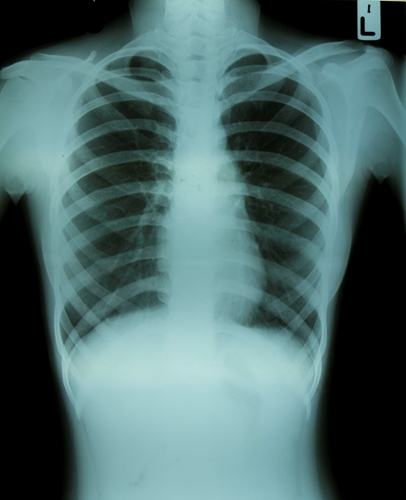As one of the rising modalities in medical imaging, digital breast tomosynthesis has many benefits for women undergoing mammograms. The innovative technique yields more comprehensive results than traditional equipment, and new research underscores DBT's advantages for women under the age of 50.
According to the American Cancer Society, breast cancer rates for women began to drop in 2000 after steadily rising for more than two decades. It is the leading cause of cancer death in women, surpassed only by lung cancer. Mortality rates have been declining since the 1980s, with the greatest drops occurring in individuals younger than 50. Breastcancer.org explained that, over an 89-year lifespan, a woman has a 12 percent chance of developing breast cancer.
Many previous studies have highlighted the positive results of DBT, focusing on retrospective reviews that compared screenings with DBT to digital mammography alone. This research has indicated reductions in false positives by 30 to 40 percent, in addition to higher cancer detection rates, AuntMinnie.com reported. A team of doctors from the University of Pennsylvania, led by Anne Marie McCarthy, Ph.D., reviewed their system's equipment after switching entirely to DBT screening in October 2011.
The data, published in Journal of the National Cancer Institute, was gathered over a 17-month period. McCarthy and her team compared outcomes to those from the year prior to implementation, when only digital mammography was available for screening purposes.
Measuring the efficacy of DBT
The UPenn researchers originally presented their findings at the 2013 Radiological Society of North American meeting, but performed more in-depth analysis in their recent study. They compared 15,571 women who received DBT with 10,728 patients who underwent digital mammography alone. The outcomes for each group were examined as a whole based on a series of factors, such as age and breast density.
The DBT group experienced a recall rate of 8 percent compared to the mammography groups' 10.4 percent, which equals out to roughly 16 fewer recalls per 1,000 patients. For cancer detection, DBT identified 5.5 malignancies for every 1,000 women, while mammography found 4.6. However, when they focused on age as a factor, the data demonstrated some changes. Women younger than 50 had cancer detection rates that almost tripled with DBT over mammography, and recall rates were 12 percent lower.
"DBT had a statistically significantly lower recall rate irrespective of age; however, the impact was greater in women aged 50 years and older," wrote the authors, quoted by AuntMinnie.com. "Notably, the cancer detection rate nearly tripled with DBT screening compared with DM in women under age 50 years, equating to an additional 3.6 cancers detected per 1,000 screened."
The larger sample size allowed McCarthy and her team to conduct more comprehensive analysis involving age and tissue density. For example, DBT resulted in a 33 percent higher detection rate in women with dense breasts, one of the main risk factors for developing breast cancer. These new findings could be critical for women in their 40s who are considering screenings, as DBT is more effective than traditional methods.
Contact Viztek for more information.
Ronny Bachrach
Latest posts by Ronny Bachrach (see all)
- Konica Minolta Debuts First-of-Its-Kind Digital U-Arm System at AHRA - July 27, 2016
- Researchers Detect Signs Of Stroke Risk Using MRI - June 27, 2016
- Imaging Biz: Q&A with David S. Channin MD: How to Make PACS Patient Centered - June 22, 2016










